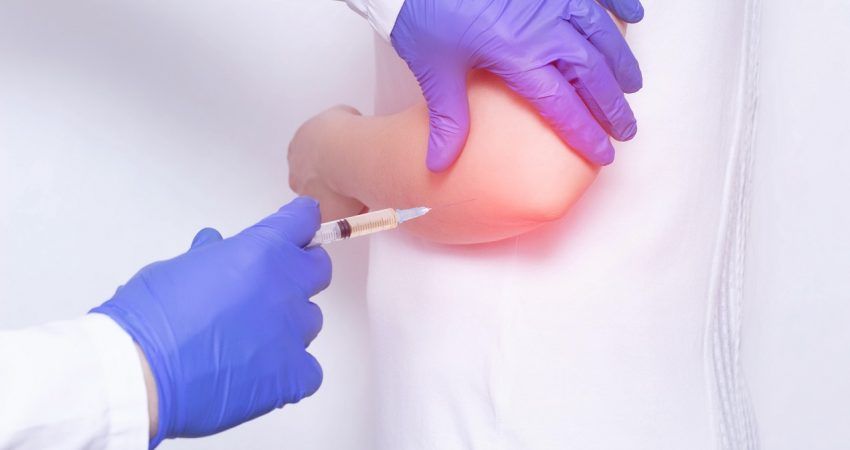Guyon’s canal syndrome and ulnar groove syndrome – symptoms and treatments
Guyon’s canal syndrome and ulnar groove syndrome are conditions that produce very similar symptoms, although the problems causing them arise in different places. Both are due to compression of the ulnar nerve. Learn what the symptoms of these two hand injuries are and how they are treated, how they are diagnosed, and what hand surgery procedures patients recover with.
Guyon’s canal syndrome and ulnar nerve groove syndrome – similarities and differences
Both of these are ulnar nerve injuries. They differ in their place of occurrence. O Guyon’s canal syndrome ulnar nerve injury occurs in the wrist area and is referred to by ulnar nerve groove syndrome if it is located in the region of the elbow joint.
Symptoms are another thing these two conditions have in common. We asked a hand surgery specialist from Chęcinski Clinic to recall the most common symptoms:
„Patients with these two ulnar nerve conditions experience elbow pain, sensory disturbances in the little and ring fingers. Hand grip weakens, which is related to the m.in. with atrophy of the intercostal muscles. A sick person may have trouble holding objects in their hand”.
To be absolutely sure that the above symptoms are due to Guyon’s canal syndrome or ulnar nerve groove syndrome EMG examination, or electromyography. It allows to assess the state of muscles and peripheral nerves based on their electrical activity.
Treating Guyon’s canal syndrome and ulnar groove syndrome
The two syndromes discussed here usually appear as The aftermath of trauma, neurological and osteoarticular disease, and the aforementioned unpleasant symptoms result from compression of the ulnar nerve. In general, conservative treatment is not able to restore the patient’s full hand function. The only fully effective treatment is surgery, although also in this case the prognosis depends on the tissue damage and it may happen that the patient, despite surgery and rehabilitation, will not recover completely. However, the operation removes pain and allows you to better manage normal everyday situations without the help of others.
Surgery for Guyon’s canal syndrome or ulnar nerve groove syndrome does not require general anesthesia. It is most often carried out Under local anesthesia. The goal is to relieve pressure and restore the conduction of impulses through the ulnar nerve. For this purpose, fragments of connective tissue pressing on the nerve are cut out.
An important part of recovery is rehabilitation after surgery. It helps to regenerate muscles that have weakened or atrophied. Preparations are also given to accelerate the recovery of nerve tissue.



